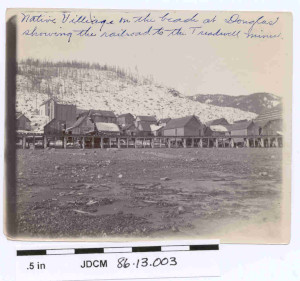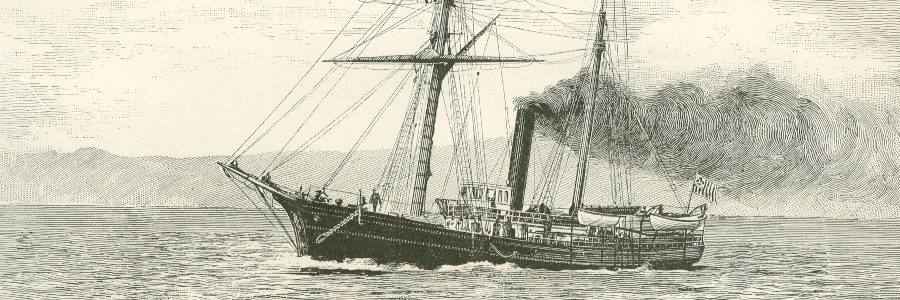The Alaskan History missing from our curriculum
Social Media is doing a fantastic job of reminding us of the parts of our history that didn’t make the official school curriculum. Let’s add some local Alaskan history:
The Kake War:
An altercation in Sitka led to the death of two Kake Tlingit when a gunship opened fire on their canoe. The Kake tribe sought compensation for the deaths and ended up killing two white trappers. In response, Governor Jefferson Davis (for whom a street is named in Sitka) ordered the USS Saginaw to sail to Kake traditional lands, take a few hostages, and burn villages. In retaliation for two deaths, Davis razed three villages and winter food stores in February of 1869. Adding insult to injury, the bay opposite Kake was named Saginaw Bay in honor of the ship that destroyed the town. We finally changed the name last year. (“Kake War”)
The Bombing of Angoon:
The death of a Tlingit Shaman led to the Tlingit taking two white whalers hostage while seeking compensation. The Revenue Cutter Thomas Corwin sailed into the bay with a detachment of Marines. The hostages were released, but Commander Merriman demanded 100 blankets in compensation. The Tlingit presented 81 blankets. So, over a difference of 19 blankets, Merriman ordered the destruction of the village. Most of the houses, 40 canoes, and the winter stores burned.
The Indian Claims Commission awarded Angoon clans $90,000 in compensation in 1973. This was the ‘face value’ of the damage done, not taking into account interest or inflation. This was the same sort of math that valued the Tongass National Forest at 43 cents per acre when the courts decided that Congress owed compensation for the taking of the land. (“Angoon Bombardment”) (Hohenstatt)
The Burning of the Douglass Indian Village:

(Courtesy Juneau-Douglas City Museum)
In 1946 the Douglass Indian Association was looking for boat loans. At the time, boats were stored under the houses, which did not meet the loan requirements. A plan was hatched and then dismissed that would have the village relocated and a harbor built in its place would allow for larger boats, and the loans to build them.
The plans resurfaced when the City of Douglas (now incorporated into Juneau) was looking for a new boat harbor. So, in 1962 they waited until the residents were in fish-camp, declared all of the buildings abandoned, and burned the entire village to make way for a municipal harbor. The village was not rebuilt. The BIA did nothing. (Jenkins)
Citations:
- “Angoon Bombardment.” Wikipedia, https://en.wikipedia.org/wiki/Angoon_bombardment?fbclid=IwAR0SvCu5DZLSJFKPBZWcN6RAK5Xat5TmZhxf8pbJ_ljnKO3XqJ53mxNB2ZQ. Accessed 22 June 2020.
- Hohenstatt, Ben. “Setting It Right: Military Could Apologize for Bombarding Alaska Native Villages.” Juneau Empire, 10 Feb. 2020, https://www.juneauempire.com/news/setting-it-right-military-could-apologize-for-bombarding-alaska-native-villages/.
- Jenkins, Elizabeth. “Forgiving without Forgetting: A Tlingit Village up in Smoke.” KTOO, 23 July 2015, https://www.ktoo.org/2015/07/23/forgiving-without-forgetting-tlingit-village-smoke/.
- “Kake War.” Wikipedia, https://en.wikipedia.org/wiki/Kake_War?fbclid=IwAR3XepRl1KrzXGTV-zPdvBKGgopWDI92nmyph0itMoUJOlgz8oTvAwWd5uk. Accessed 22 June 2020.
